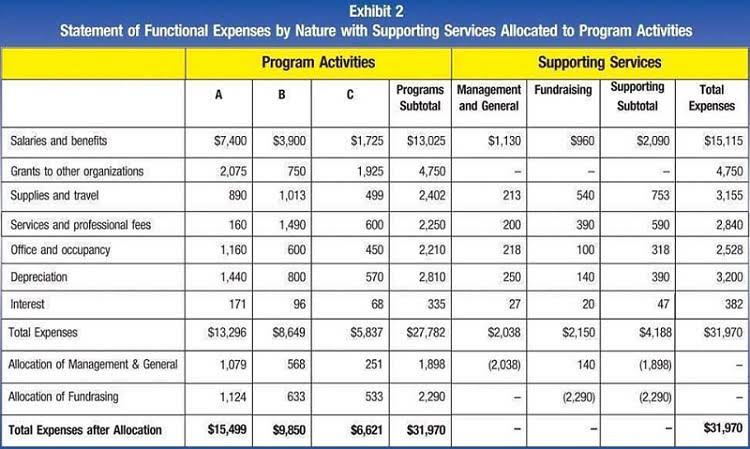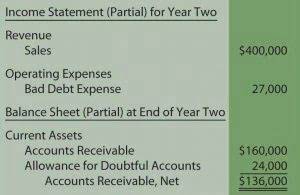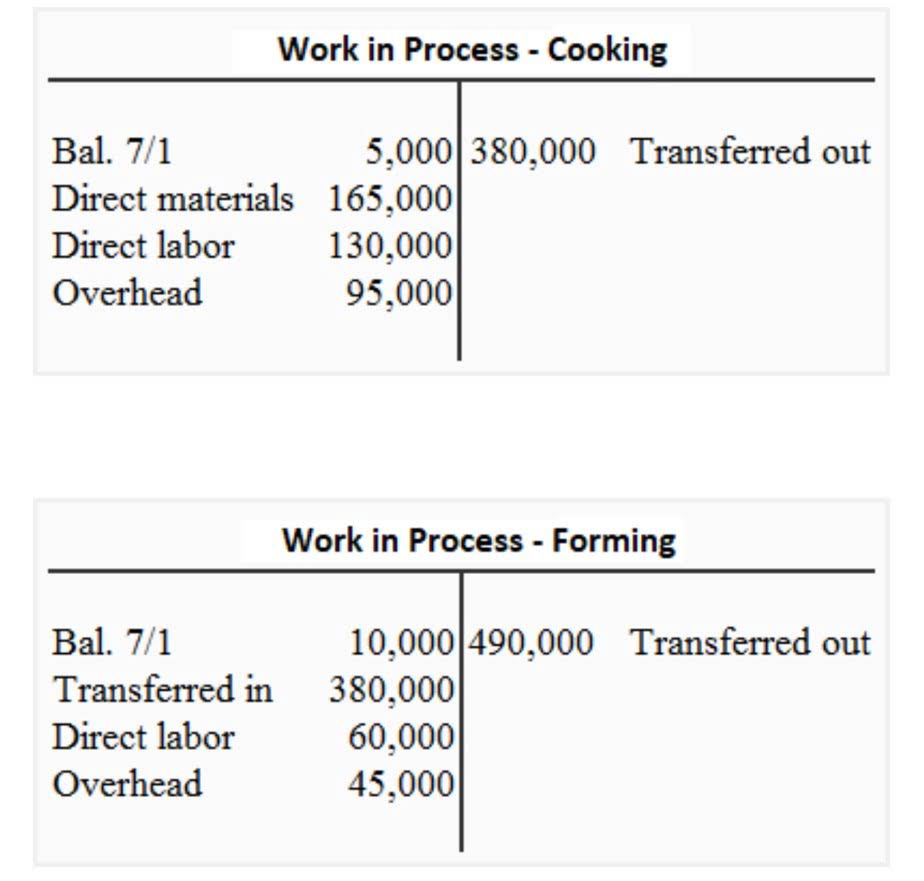
Any changes or movements with net income will directly impact the RE balance. Factors such as an increase or decrease in net income and incurrence of net loss will pave the way to either business Online Bookkeeping profitability or deficit. The Retained Earnings account can be negative due to large, cumulative net losses. Addressing negative balances begins with identifying the root causes.

How to Evaluate Quantum Computing Stocks: A Comprehensive Guide

In the long term, negative retained earnings may indicate that a company is not financially viable and may lead to its eventual how is sales tax calculated failure. Companies must adopt a comprehensive approach to address negative retained earnings, balancing immediate actions with long-term planning. A detailed financial audit is essential to identify the root causes of the deficit. Analyzing income and cash flow statements helps pinpoint inefficiencies or overspending. Implementing cost controls and optimizing operations can reduce expenses and improve margins. Negative retained earnings may also hinder a company’s ability to secure financing or negotiate favorable credit terms.
Subtract Dividends Paid out to Shareholders.

Then, they need to make a plan, act on it, and be honest with everyone involved. This requires correct and transparent entry in the equity section. What are accountancy standards, and what are the issues at stake for accountancy professionals? Discover the different principles and standards to be respected. Dear auto-entrepreneurs, yes, you too have accounting obligations (albeit lighter!). Accounting books, annual accounts, compulsory chartered accountants…
Essential Managerial Accounting Topics for Decision-Making
Companies should adhere to these regulations to maintain their financial stability and legal compliance. At the end of a financial period, negative retained earnings retained earnings are reported on a company’s balance sheet under the Shareholders’ Equity section to show how much funds have been retained by the company. Note that in the vast majority of cases, a company cannot pay a dividend with negative retained earnings or that will put retained earnings into a negative position. Many owner managers include dividends in their compensation arrangements.
- It’s a reflection of the owner’s personal claim on the profits generated by the business.
- Renegotiating terms with creditors to secure better interest rates or extending debt maturities can ease short-term financial pressures.
- So at the end, the loan balance and the negative Retained earnings are the same amount.
- The company’s capital structure and risk profile are also critical.
- It can go by other names, such as earned surplus, but whatever you call it, understanding retained earnings is crucial to running a successful business.
- Accounting adjustments and restatements can significantly impact retained earnings.
If your company is facing this situation, it’s crucial to carefully assess the underlying causes. While reinvesting profits to fuel growth is common, misusing debt or continuously paying high dividends without sufficient profits can lead to a downward financial spiral. Additionally, accounting adjustments and write-offs can significantly impact retained earnings. Asset impairments, such as goodwill or inventory write-downs, result in substantial charges against earnings. Under accounting standards like GAAP or IFRS, companies must periodically assess asset values and recognize impairments when necessary. These adjustments, though non-cash, can materially affect the retained earnings balance.
What is a Retained Earnings Deficit?
Before calculating retained earnings, the first step is to find the retained earnings balance from a previous accounting period. Then add or subtract any net income or net loss for the new period and any dividends that were paid during the period. When retained earnings turn negative, total equity is also decreasing. In some countries, if the equity turns to a level below the requirement, shareholders or owners are normally required to inject more funds.
Managing Negative Retained Earnings in Corporate Finance
While returning profits to shareholders is common, doing so without sufficient earnings can erode retained earnings. Negative retained earnings appear as a debit balance in the retained earnings account, rather than the credit balance that normally appears for a profitable company. On the company’s balance sheet, negative retained earnings are usually described in a separate line item as an accumulated deficit. A sample presentation of this format appears in the following exhibit, which contains the equity section of a balance sheet. A strong retained earnings figure suggests that a company is generating profits and reinvesting them back into the business, which can lead to increased growth and profitability in the future.


